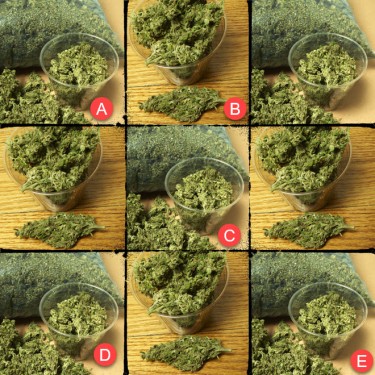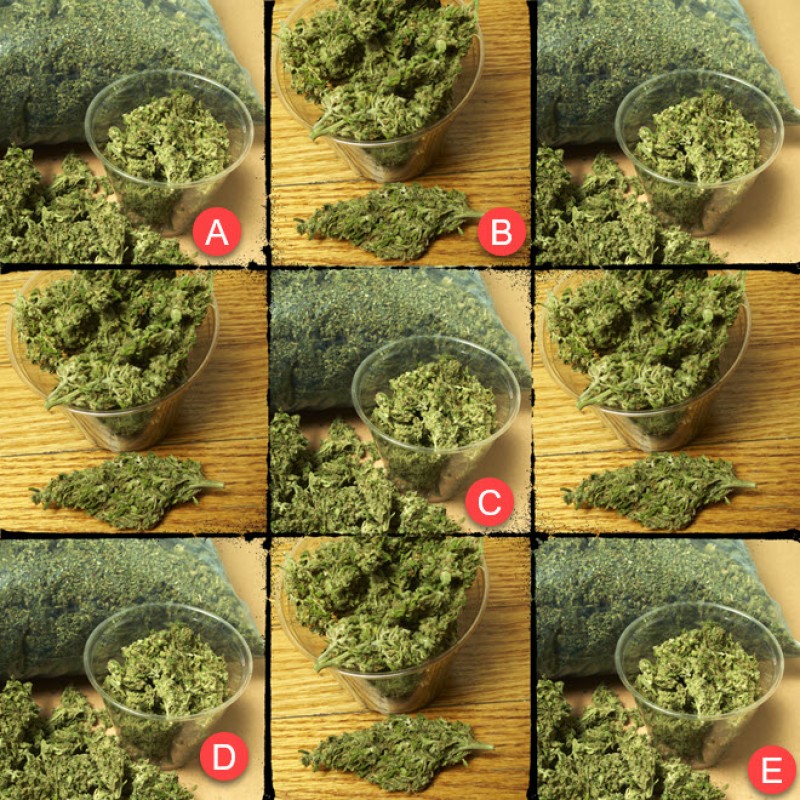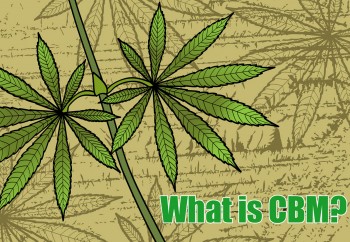
As we approach 2025, the landscape of cannabis pricing continues to evolve, reflecting changes in legislation, market dynamics, and consumer preferences. Understanding the cost of an ounce of cannabis flower is essential for both consumers and industry stakeholders. This article delves into the factors influencing cannabis prices, regional variations across the United States, market trends, and predictions for the future.
The Current State of Cannabis Pricing
The cannabis market has undergone a significant transformation over the past decade. With the legalization of recreational and medical cannabis in numerous states, the industry has shifted from an underground economy to a regulated market. This transition has led to fluctuating prices as supply chains have developed and consumer demand has increased.
In states where cannabis has been legal for longer periods, such as California and Colorado, prices have stabilized due to established cultivation practices and robust distribution networks. Conversely, in newer markets like New Jersey and Connecticut, prices tend to be higher due to initial supply constraints and regulatory costs. Prices for cannabis in different countries can vary widely based on access and legalization.
Average Prices Across States
As of late 2024, the average price for an ounce of cannabis flower varies widely depending on the state. Here are some notable examples:
-
California: Approximately $74 per ounce
-
Michigan: Around $83.71 per ounce
-
Colorado: Roughly $150 per ounce
-
Illinois: About $257 per ounce
-
New Jersey: Over $300 per ounce
-
Connecticut: Similar to New Jersey, with prices exceeding $300
These figures illustrate how regional differences can significantly impact pricing. In states with mature markets and competitive pricing, consumers benefit from lower costs. In contrast, newer markets often see inflated prices due to limited supply and high demand.
Factors Influencing Cannabis Prices
Several key factors contribute to the pricing of cannabis flower:
1. Legalization and Regulation
The legal status of cannabis plays a crucial role in determining its price. States that have fully legalized cannabis for recreational use typically have lower prices due to increased competition among growers and retailers. Conversely, in states with strict regulations or limited licenses for cultivation and sales, prices tend to be higher.
2. Supply and Demand Dynamics
Like any commodity, the price of cannabis is heavily influenced by supply and demand. In regions where demand outstrips supply—often seen in newly legalized markets—prices can soar. As more growers enter the market and production ramps up, prices usually stabilize.
3. Quality and Strain Variability
Cannabis flower comes in various strains, each with unique characteristics affecting its price. High-quality strains with desirable effects or flavors may command premium prices compared to more common or lower-quality varieties. Additionally, organic or sustainably grown cannabis can also attract higher costs.
4. Production Costs
The cost of cultivation—including land, labor, equipment, and compliance with regulations—affects pricing. States with higher operational costs may see elevated prices for consumers. For instance, indoor cultivation requires significant investment in lighting and climate control systems.
5. Taxation
Cannabis is often subject to high taxes at multiple levels—state excise taxes, local taxes, and sales taxes—all of which contribute to final retail prices. For example, California imposes a 15% excise tax on cannabis sales in addition to local taxes.
Regional Pricing Trends
West Coast
The West Coast has long been a leader in cannabis cultivation and consumption. California remains one of the most competitive markets:
-
California: With an average price around $74, California benefits from a large number of licensed growers and retailers. The state's established infrastructure allows for efficient distribution and lower costs.
-
Oregon: Known for its abundant supply of high-quality cannabis, Oregon's prices are also competitive—averaging around $100 per ounce.
Midwest
The Midwest is witnessing rapid growth in its cannabis market:
-
Michigan: With an average price of approximately $83.71, Michigan's market has matured quickly since legalization in 2018. The state boasts a robust number of dispensaries and cultivators.
-
Illinois: Despite being a newer market (legalized in 2020), Illinois has some of the highest prices in the country at around $257 per ounce due to limited licenses and high demand.
Northeast
The Northeast is experiencing a surge in interest as more states legalize cannabis:
-
New Jersey: With prices exceeding $300, New Jersey's market is still developing post-legalization (2021). Regulatory hurdles have limited supply, contributing to higher costs.
-
Connecticut: Similar to New Jersey, Connecticut's recent legalization has resulted in high prices driven by initial supply constraints.
South
The South remains largely conservative regarding cannabis laws:
-
States like Florida have legalized medical marijuana but still see relatively high prices due to limited access points for consumers.
Market Trends Leading into 2025
As we near 2025, several trends are shaping the future pricing landscape of cannabis flower:
-
Increased Competition
As more states legalize cannabis—both medically and recreationally—the influx of new growers will likely lead to increased competition. This competition can drive down prices as cultivators seek to attract consumers with better deals.
-
Advancements in Cultivation Technology
Innovations in agricultural technology are making it easier and more efficient to grow cannabis. Techniques such as hydroponics and vertical farming can reduce production costs over time, potentially leading to lower retail prices.
-
Consumer Preferences Shifting Towards Quality
As consumers become more educated about cannabis products, there is a growing preference for quality over quantity. This shift may lead to a bifurcation in the market where premium products command higher prices while lower-quality options become more affordable.
Regulatory Changes
Changes in legislation at both state and federal levels could impact pricing significantly. For instance, if federal legalization occurs before 2025, it could lead to greater interstate commerce opportunities and lower costs due to economies of scale.
Predictions for Cannabis Pricing by 2025
While predicting exact prices can be challenging due to numerous variables at play, several trends suggest potential outcomes:
1. Average Prices May Decrease: As competition increases across various states and production methods improve, average prices for an ounce of cannabis flower could decline significantly—potentially dropping below $100 in many mature markets.
2. New Markets Stabilizing Prices: As new markets mature (e.g., New York), we may see initial high prices stabilize as supply chains develop and competition increases among retailers.
3. Continued Premium Segment Growth: The premium segment of the market may continue to grow as consumers seek out high-quality strains with unique characteristics or organic certifications—potentially keeping some premium products priced above $300 per ounce even as average costs decline.
4. Impact of Federal Legalization: Should federal legalization occur by 2025, it could dramatically reshape pricing structures nationwide by allowing interstate commerce and reducing regulatory burdens on growers.
Conclusion
Entering 2025, the cost of an ounce of cannabis flower reflects a complex interplay of legal frameworks, market dynamics, consumer preferences, and production costs, with pronounced regional differences where some states enjoy lower average prices than others; however, the overall trend indicates increased competition that may lead to price reductions across many markets. As consumers become more discerning—favoring quality products over sheer volume—the industry is likely to evolve in response to these demands. Whether you are a casual user or a serious investor in the cannabis space, staying informed about these trends will be essential as we navigate this rapidly changing landscape together. In summary, while specific pricing predictions can vary based on numerous factors, including state regulations and market conditions, the general outlook suggests a promising future for consumers seeking affordable options and producers aiming for sustainable growth within this burgeoning industry.






